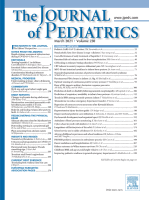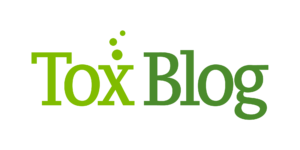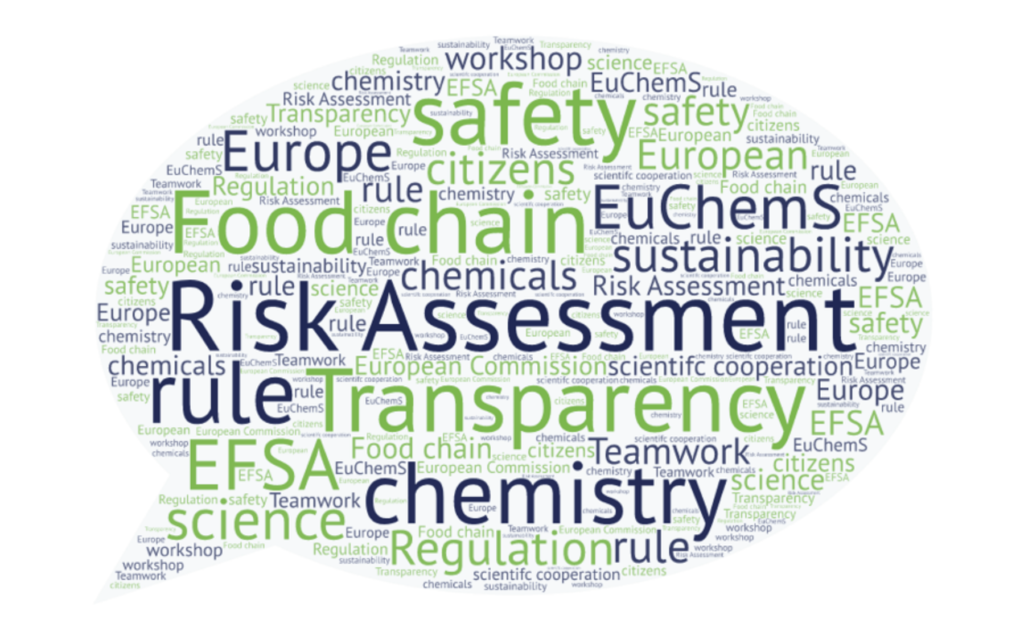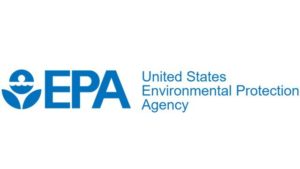ToxStrategies is pleased to announce the additions of Dr. LeeAnn Racz as a Senior Engineer and Ms. Jennifer Bare as a Scientist III.
Dr. Racz comes to the Exposure Sciences Practice with a diverse background in environmental assessment, human health risk assessment, and industrial hygiene, gained in large part from her 23-year career in the U.S. Air Force. She is a Board-Certified Environmental Engineer and Certified Industrial Hygienist, with expertise in environmental health and workplace exposure assessment and environmental engineering and has led teams involved in compliance education, emergency response readiness, and response and recovery at aircraft crash and other accident sites. She has also directed radiation safety programs and managed radiation surveys. As a consultant, Dr. Racz recently worked with a global manufacturing company to develop and implement pandemic protective measures.
Ms. Bare is an environmental engineer specializing in quantitative exposure modeling and reconstruction, human health risk assessment, chemical transport analysis, and data management. She designs and applies chemical exposure models for volatile and semi-volatile organic compounds, particulates, and metals, and also reconstructs and predicts community exposures to industrial emissions. Her experience also includes assessing products and chemicals that are regulated under California’s Proposition 65 and USEPA’s Toxic Substances Control Act (TSCA).








